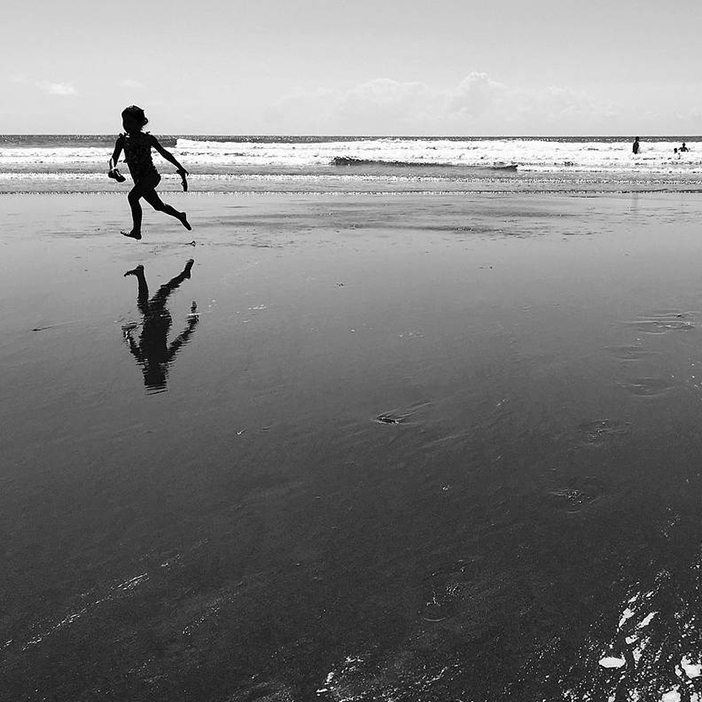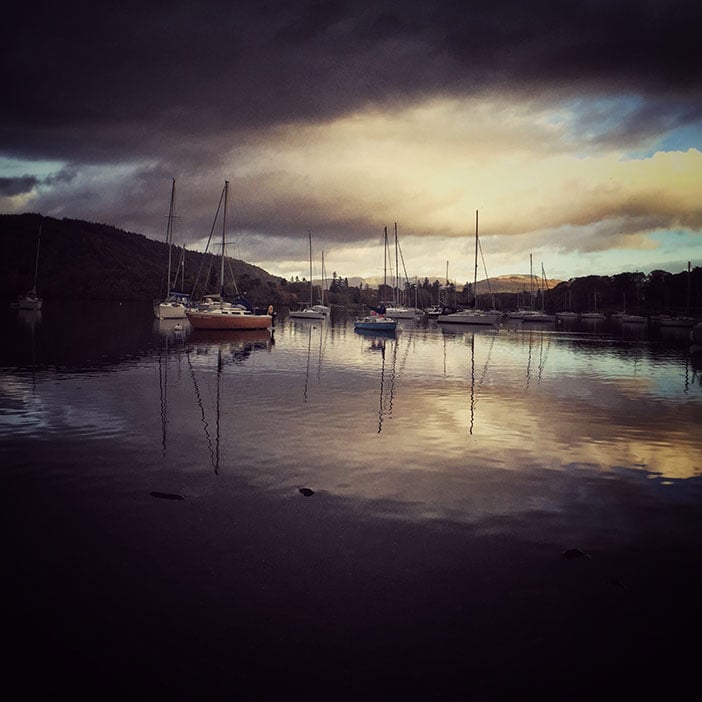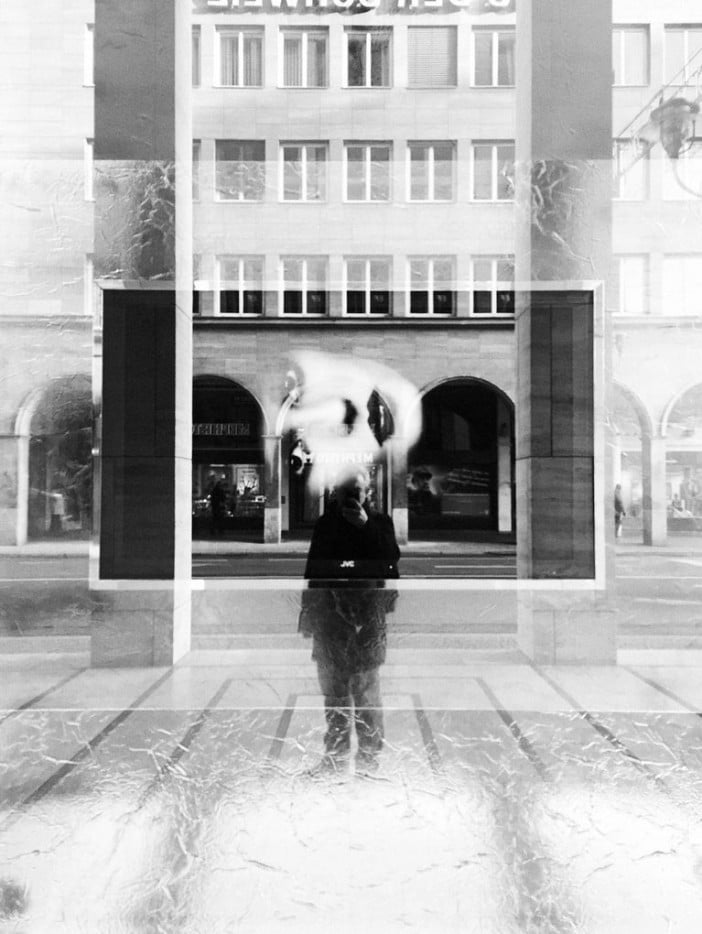Looking for a way to add a new dimension to photographs you take with your iPhone? Reflection photography is one technique I sometimes use to incorporate some added interest into my photos.
Instead of just randomly shooting a scene, keep your eye open for any reflections that could enhance the photograph. When you train your eye to look for reflections, you will suddenly find they are pretty much anywhere. Windows, mirrors, puddles or lakes, all provide excellent reflective surfaces. Even shiny surfaces such as sunglasses or even a kettle can work.
Here are ten tips that will help you add more interest to the photos you take when shooting reflections.
1. Pay attention to composition
Every photograph should have good composition, this is especially true when photographing reflections. Doing so will enable you to enhance and frame the reflections, which by their very presence, will also add an extra dimension to your photograph.
When thinking about composition consider using the rule of thirds. Try setting the horizon, one-third from the top or one-third from the bottom of your photo. In doing so you will need to decide which part of the reflection is going to be the most dramatic and make that the central focal point of the image.
Often though, the reflection may not be your central subject, this could be a person, a tree or other object within the scene. In which case, offset the subject to the sides of the photograph, ideally a third away from the edge of your picture.

Photo by Arpi
2. Use symmetry
Another technique used when photographing reflections is to use it to create symmetry in the scene. This will give balance to the photograph. For example, if you have an object in the upper part of the image, then it will be reflected in the lower part of the image. Likewise you could use the reflective surface to divide the image to create some unusual effects or a false sense of perspective as lines are directed into the distance.
Some of the art of creating symmetry is in the eye of the photographer. Once you become aware of the way symmetry can be used in a composition, you will find incorporating it into your photos will become second nature.

Photo by Marco Lamberto
3. Keep it simple
Photos don’t need to be busy to be effective. Often less is more. This is especially true in reflection photography. A striking subject and reflection can dominate a photograph and provide all the interest you need. Including other elements in the photo will only create unnecessary distractions.
You can also try framing your subject against a simple and uncluttered background so that it really stands out. This sort of framing is called negative space and can be very effective.

Photo by Andy Butler
4. Get down close to the reflective surface
If you are photographing water, try getting down low. Doing so will fill the foreground with the reflection of the sky or the subject you are photographing. In addition, it will help the composition and interest of the photo as well as helping to remove any unnecessary distractions from the image. Getting down low will also enhance certain aspects of the water such as ripples, waves or sunlight sparkling on the surface.

Photo by Marzia Bellini
5. Shoot in the golden hour
The “golden hour” is the time shortly before sunset and shortly after sunrise. It doesn’t really refer to a single hour, but to a period of time when the sun is low in the sky.
There are many reasons why photographers prefer this time of day. One is that it can provide a backdrop of vibrant red’s, oranges and yellows which can create a dramatic backdrop to the scene in front of you. In reflection photography, a brilliant sunset reflecting off the sea or a lake can create a stunning photography that is full of interest.
Also the light is much softer during the golden hour which helps when shooting into the sunlight. When shooting into the light your subject will become a silhouette against the sky as well as in the reflection created in a thin layer of water formed on a beach or in a puddle.

Photo by Jessica Andrews
6. Use mirrors to frame your subject
The use of mirrors is a clever technique to use that will allow you to frame your subject in a different way. It is an excellent example of how reflections can change the dynamics of a picture. You can use the reflected image in a mirror to create a natural frame around the subject. The background is still there, but the image in the mirror will stand out more starkly, creating a “picture within a picture.”
When using this technique, be sure and focus on the subject in the reflection rather than in the area surrounding the mirror or behind it. By using some creative blur or depth of field you can blur out the background bringing greater focus to the reflection in the mirror.

Photo by Tomaso Bellini
7. Create an alternate reality
You can have all sorts of fun with reflections simply by cropping in close to the reflection and paying attention to how you crop and frame the subject before rotating the image 180 degrees. This will give the impression of the reflection being a window into an alternative reality.

Photo by Thierry Hudsyn
8. Capture weather conditions
The weather can be a great asset when photographing reflections, as it can help to convey a sense of emotion or create a mood in the photo.
On days when the sun is creating shadowy contrasts against the clouds in the sky pay attention to how this looks when reflected in the surface of a lake. Other weather conditions such as misty mornings can also create an air of mystery and intrigue. Alternatively, an approaching storm can gain greater intensity when reflected in water or any other reflective surface. The clouds can take on new shapes and forms when inverted in a reflection.

Photo by Andy Butler
9. Shoot into a window
Another common technique used to photograph reflections is to overlay both the objects and their reflections. This effect can easily be achieved by photographing a window that is partly reflective. A combination of objects behind the glass and those that are partially reflected in the window pane itself can create some unusual and abstract effects. A bit like combining two photos in one.
When shooting into a window, be sure to focus on the subject in the reflection rather than on the objects behind the glass. The reflection will then become the main focal point of the photo.

Photo by Brendan O Se
10. Use apps to create reflections
You can also use specialist apps to add reflections to your photographs by using apps such as Reflect Mirror Camera. To add a reflection to an existing photograph, simply open the app, tap on the area in the photo where the reflection should begin. Fine tune the placement of the reflection by sliding your finger up and down. The app even allows you to choose from a variety of different reflections and surfaces.

Share your reflection photographs with us
So there you have it. Ten ways you can add interest to your iPhone photos by using reflections. So next time you are out, bear these in mind and share your best photos with us by tagging them on Instagram with #mobiography_reflections. Alternatively, you can post them into the Mobiography Flickr Group. The best photographs will be featured in our weekly photography showcase or in the gallery section of Mobiography Magazine.






